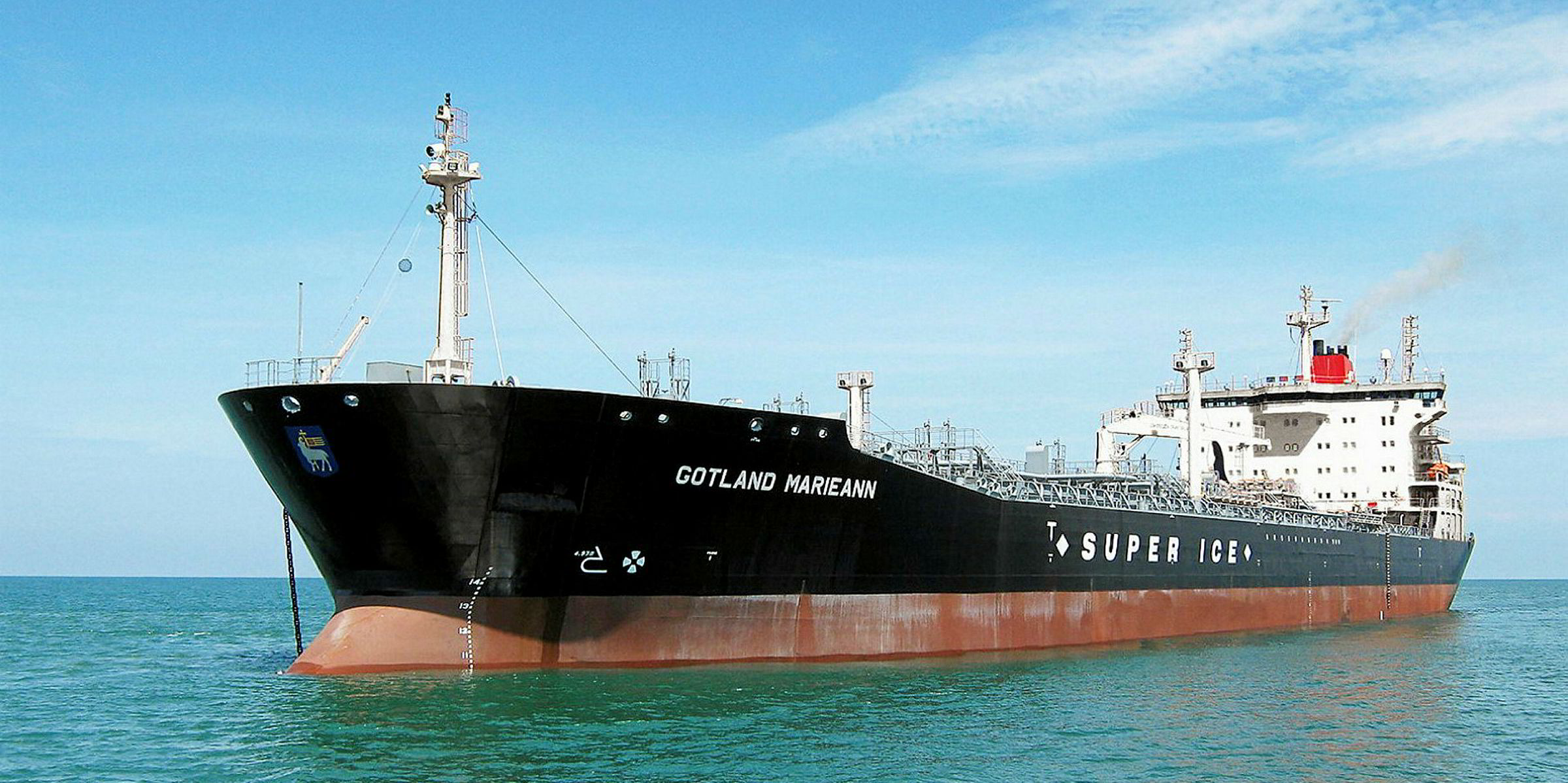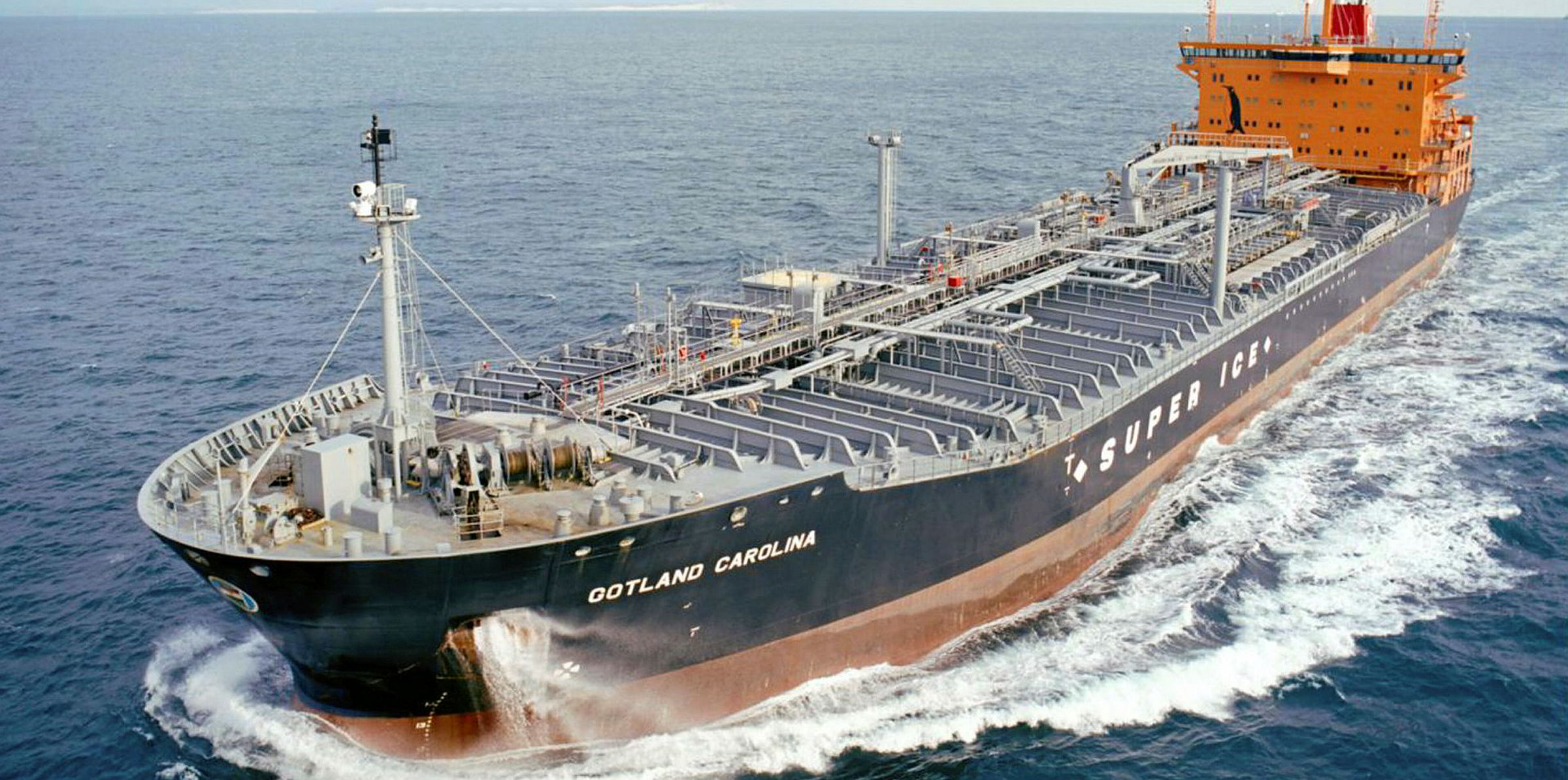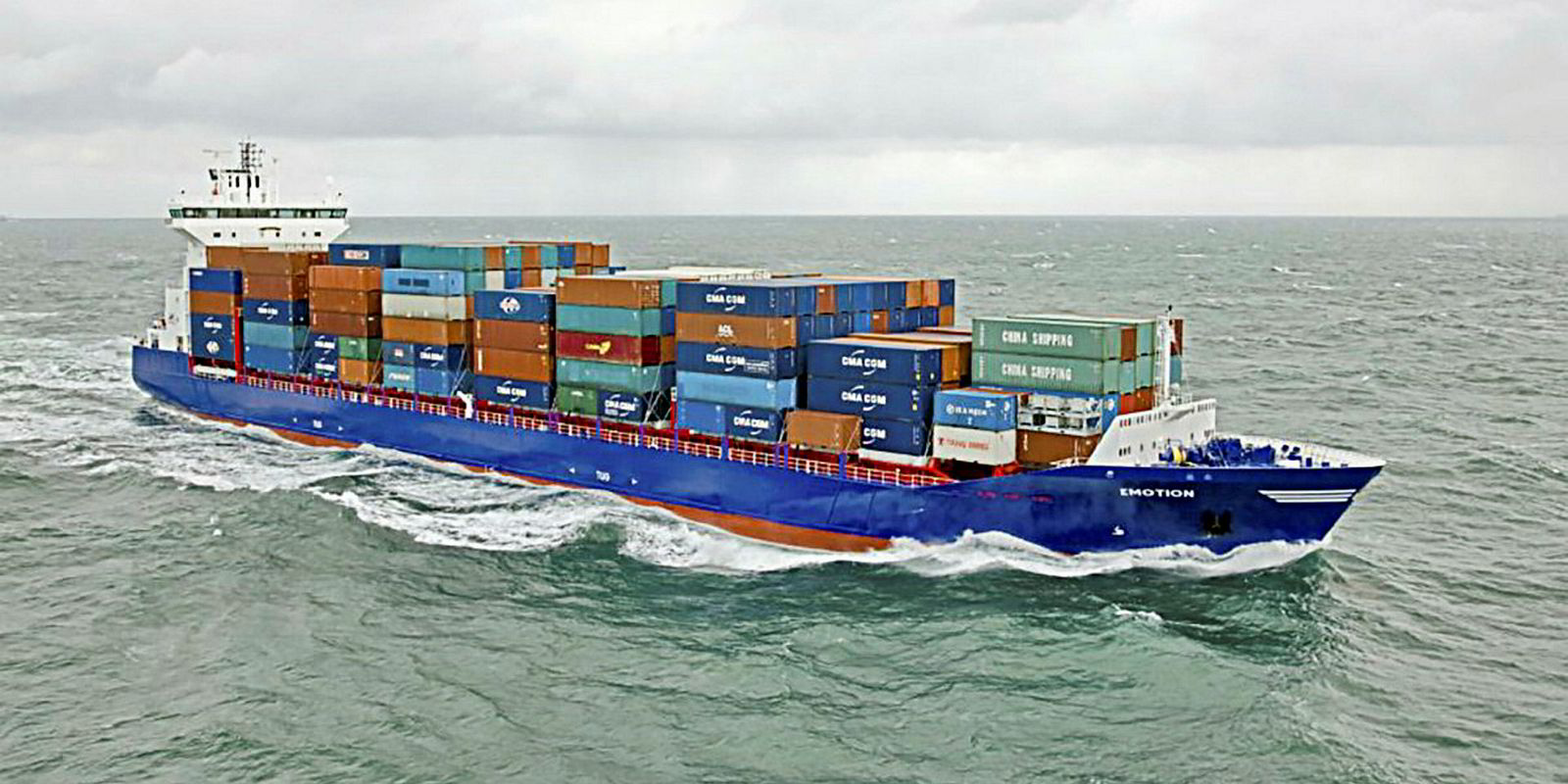Freight earnings for MR and handysize product tankers on the Baltic-UK Continent route have been firm in recent weeks, with ice-class restrictions taking effect.
The buoyed rates on the trade contrast to weakness elsewhere for this segment of the clean tanker trade.
According to the Baltic Exchange, the time-charter-equivalent earnings of a tanker carrying 30,000 tonnes of clean petroleum products on the route has remained above $19,000 per day for more than two weeks, hitting a peak of $21,781 per day on 29 January.
Bloomberg data shows the 37,082-dwt Furevik (built 2005), 37,188-dwt Maersk Erin (built 2004) and 45,680-dwt Seychelles Patriot (built 2008) managed to fetch Worldscale 200 for loading dates during the first half of February — the highest seen this year.
Limited tonnage
The strength has come on the back of limited ice-class tonnage in the region, putting owners who have invested in those specialised ships at a great advantage, according to market participants.
VesselsValue analyst Court Smith suggested there has been a lack of newbuilding investments in MR and handysize ice-class clean tankers for much of this decade, even if the current shortage is probably due to short-term regional imbalances in nature.
According to data from VesselsValue, there are 292 ships of this class in operation and only two on order. Just 38 units were delivered after 2014, underscoring that the amount of modern tonnage — preferable in the Baltic Sea and North Sea emission control areas — is small.
“The deliveries have dried up since 2009… there have been very few new orders,” Smith told TradeWinds.
Meanwhile, healthy exports from Russia have supported vessel demand in the Baltic.
State-owned pipeline monopoly Transneft has planned exports of 15.8 million tonnes of oil products from Primorsk in 2019, compared with 15 million tonnes last year, according to Russian state news agency Tass.

As the Baltic loadings tend to peak in February and the ice restrictions last into next month, some market players expect the rate firmness to continue.
“Ice tonnage has held the line… with many expecting this trend to continue moving forward,” Gibson Shipbrokers said in a note.
Generally bearish
However, MR earnings have been trending downwards on other main trading routes due to tonnage oversupply.
Despite the removal of some tonnage due to high Nigerian gasoline imports and occasional long-haul demand for north-west Europe-China reformate shipments, hire on north-west Europe-US Atlantic coast MR trades has failed to stay above $10,000 per day for much of this year. With high domestic stocks, US gasoline imports have been seasonally low in recent weeks.
[It’s] pretty grim all round for owners… cheap freight for this time of the year for charterers, but not even that factor is creating a busy trading market
Galbraith's
“[It’s] pretty grim all round for owners… [There's] cheap freight for this time of the year for charterers, but not even that factor is creating a busy trading market,” according to Galbraith’s.
Earnings in the US Gulf are also softening with slow gasoline flows to Mexico, where President Andres Manuel Lopez Obrador has tried not to use domestic pipelines to fight fuel thefts since December.
Preliminary data from Kpler suggests US gasoline exports to Mexico reached 157,000 barrels per day (bpd) in January, 275,000 bpd lower than the October 2018 peak, with Coatzacoalcos and Tuxpan encountering decreasing cargo inflows.
Total US gasoline exports amounted to 309,000 bpd last month, the lowest in more than two years.
“The situation in Mexico has so far shown few signs of improvement," Kpler analysts said. "President Obrador’s attempts to crack down on fuel theft… have significantly slowed the import of [oil] product into the country.”
Having stayed above $20,000 per day between late-December and mid-January, the MR Pacific basket rate on the Baltic Exchange has corrected sharply downwards to about $13,000 per day recently.
Product tankers have faced fierce competition from crude tanker newbuildings in Asia. TradeWinds earlier reported at least four VLCCs, three suezmaxes and one aframax were fixed to carry gasoil from Asia to Europe and West Africa during their maiden voyages in January to February, with a wide open East-West gasoil arbitrage window.





